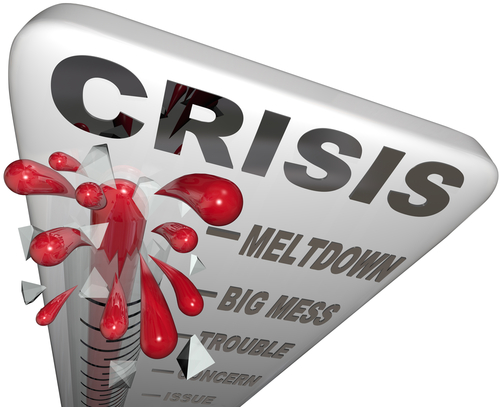A robust emergency plan is only as strong as an organization’s ability to communicate the elements of its response plan, as well as its dedication to training, drilling and exercising the plan regularly. Its success is also predicated on the abilities of the individuals performing each of their roles.
Following are several key factors to an effective emergency plan:
Ensure that emergency or disaster plans include all hazards. Today’s emergency response or disaster plans must go well beyond what to do in the event of a fire or spills. They need to be far reaching and include the risk of business interruptions stemming from cyber attacks, natural disasters, acts of terrorism and workplace violence, for example.
Be sure roles and responsibilities are clearly defined. Employees need to know what specific actions are expected of them when there is an emergency. Even if their only action is to locate the nearest exit and get out, it should be documented in the plan and communicated and reviewed during training and regular drills. Plans also should list the responsibilities of supervisors, emergency responders, public information officers, security personnel, front office staff and maintenance crews. Additionally, the plan should provide for the safety of visitors and outside contractors who may be on site, as well as anyone who has mobility challenges or would otherwise require assistance during an emergency.
Establish a chain of command. During large response efforts, employees should understand that each person has a responsibility and to whom they report. This will help keep everyone focused on their specific roles and prevent the staff from getting pulled in too many directions. It also helps maintain span of control and accountability. Chains of command also should specify who could talk to the media and the name of the individual responsible for liaising with outside responders, such as firefighters or other emergency services.
Ensure that evacuation routes are marked. Evacuation routes need to make sense. Also, although exit signs are required by law, illuminated walkways are not always mandated. Employees who need to evacuate in the dark or when there is a thick cloud of smoke may not be able to see an exit sign that is several yards away. Even if they can see the sign, navigating toward it may be difficult. Floor-level markings help both employees and responders navigate in less-than-ideal conditions.
Establish assembly points. Having assembly points away from the building gets people out of harm’s way and also helps supervisors take attendance to ensure that everyone has made it safely out of the building.
Store response supplies prominently. Response supplies should be stored where they most likely will be needed. For example, items like first aid kits and defibrillators should also be easy to get to not hanging in a lobby or tucked in a remote break room.
Communicate updates and changes. Supervisors change positions, floor plans are modified, new risks are identified and different resources may have been purchased to help during an emergency response. Be sure these types of changes are included in written plans and communicated to employees. Training and exercises can also be catalysts for plan changes. As employees gain new response skills or engage in additional training opportunities, plans need to reflect these changes. On the other hand, if an exercise reveals that a majority of employees weren’t able to follow the plan or they are uncomfortable doing what the plan tells them to do, then the plan needs to be reviewed and possibly changed.
Implement routine training, drills and exercises. The more often employees participate in training, drills and exercises, the more likely it will be that everyone remembers what to do in case of an emergency even if they don’t practice response skills every day.
Caitlin Morgan can assist you in helping your insureds develop an emergency plan and business continuity plans as part of their overall risk management. We also can help you secure the insurance coverages needed to respond in the event of a disaster or loss. Please give us a call at 877.226.1027.
Source: EHS Today


